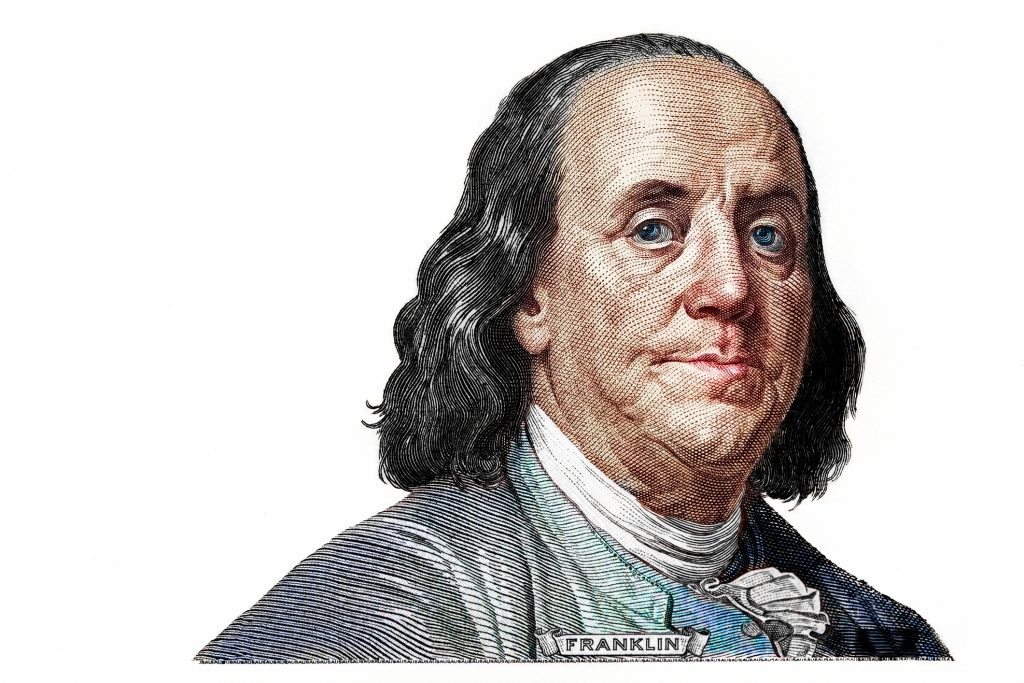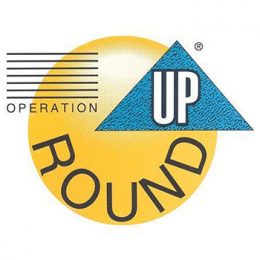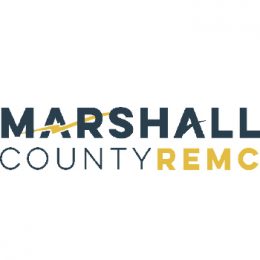
Cooperatives in America are as old as the nation itself.
The first successful U.S. cooperative was organized in 1752 when Benjamin Franklin formed the Philadelphia Contributionship for the Insurance of Houses from Loss by Fire — the nation’s oldest continuing cooperative. It continues to operate today.
Electric cooperatives began because investor-owned utilities did not find it cost effective to provide electricity to rural areas in the 1930s.
It was not economically sound to run a mile of wire and poles to serve one house. There was more money to be made in populated areas. Back then, only one in 10 rural homes had electricity. Agriculture, education, health and wealth were all being hindered by the lack of central-station power.
In May 1935, President Franklin D. Roosevelt signed Executive Order No. 7037 creating the Rural Electrification Administration.
This allowed electricity to be brought to rural areas. Rural electrification became the country’s most successful partnership between the people and their government.
As distribution co-ops grew, they sought more reliable and less expensive wholesale power.
Groups of co-ops came together to create regional generation and transmission cooperatives that built power plants or purchased wholesale power in much larger quantities at lower rates.
Electric co-ops are some of the most forward-thinking and innovative electric utilities in using technology, promoting renewable energy sources and encouraging energy efficiency and conservation programs.



